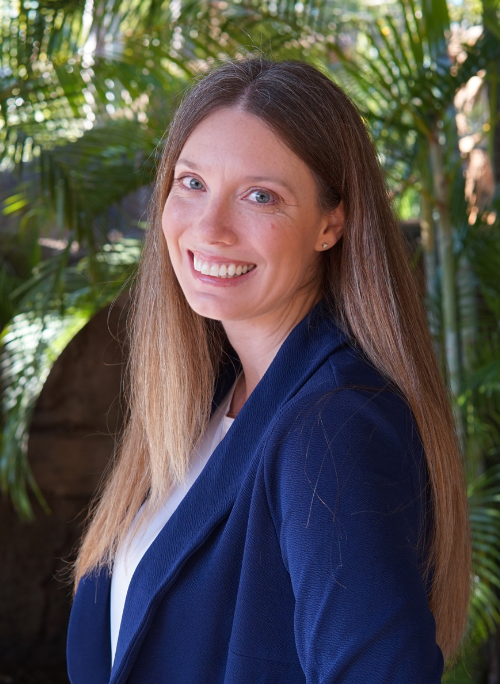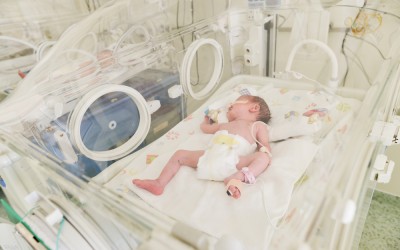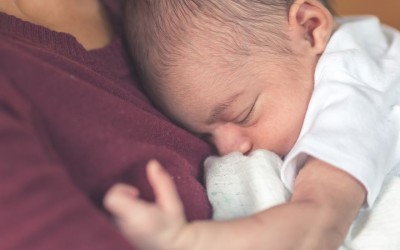
Meghan Markle reveals her difficult experience with postpartum preeclampsia
 Meghan Markle is opening up about her experience with postpartum preeclampsia in the debut episode of her new podcast, Confessions of a Female Founder. In the episode with her first guest and close friend, Bumble founder Whitney Wolfe Herd who also survived postpartum preeclampsia, the pair discussed how they'd both experienced the the rare and potentially life-threatening condition.
Meghan Markle is opening up about her experience with postpartum preeclampsia in the debut episode of her new podcast, Confessions of a Female Founder. In the episode with her first guest and close friend, Bumble founder Whitney Wolfe Herd who also survived postpartum preeclampsia, the pair discussed how they'd both experienced the the rare and potentially life-threatening condition.
Preeclampsia, a life-threatening hypertensive disorder of pregnancy, is characterized by high blood pressure and organ failure. The condition can occur in any pregnancy from 20 weeks gestation all the way to 6 weeks postpartum. The condition can lead to stroke, seizure, organ failure, and even death. Like many women in the Preeclampsia Foundation's community who experienced new-onset postpartum preeclampsia, Meghan addresses the challenges of navigating new motherhood while providers raced to treat and manage the condition.
"It’s so rare and so scary," Meghan continued. "And you're still trying to juggle all of these things, and the world doesn't know what's happening quietly. And in the quiet, you're still trying to show up for people – mostly for your children — but those things are huge medical scares."
What causes preeclampsia?
There’s no definitive cause of preeclampsia, though research suggests that the cause of preeclampsia may relate to poor placental implantation in the early stages of pregnancy. Delivery of the baby and the placenta, in most cases, is the acute treatment, but not a cure. About 75% of the maternal deaths related to preeclampsia actually occur in the postpartum period.
“It takes time for the uterus to shed its lining after birth, so this process may be behind the delay that's sometimes seen in postpartum preeclampsia after delivery," says Ira Bernstein, director of the Preeclampsia Foundation Medical Advisory Board. "It's also possible this condition begins during pregnancy but doesn't show signs or symptoms until after the baby has arrived."
Sleep deprivation, postpartum depression, more attention on the newborn, and a lack of familiarity with normal postpartum experiences all contribute to patients more easily ignoring or missing indicators of a problem in the postpartum period. As well, the symptoms, like headache, swelling of the hands and face, vision changes, upper right quadrant pain, nausea or vomiting, and shortness of breath may all mimic "normal" postpartum symptoms.
Recent research, including a study funded by the Preeclampsia Foundation's Peter J. Pappas grant and a breakthrough study announced today from the team at Mirvie, suggest that there are likely at least two sub-types of preeclampsia: early-onset, and late or postpartum onset preeclampsia. Research funding and support is central to the Foundation's mission - specifically to find a cause and a cure.
What is the treatment for postpartum preeclampsia?
Many patients with postpartum preeclampsia are held in the hospital or rehospitalized in order to be treated. It may require high blood pressure medication and often includes magnesium sulfate, to help prevent new or recurring seizures (or "eclampsia") from occurring. Most patients will stabilize within a few days, but others may continue to have life-long impacts like high blood pressure, kidney issues, vision issues, or neurological complications.
 The Foundation's Education and Support Manager Danielle Babcock Sapienza understands Meghan Markle's frustration and helplessness with the postpartum condition better than most. She survived two eclamptic seizures five days after the delivery of her daughter Leah. "I was seemingly at low risk for preeclampsia, though there were warning signs like the fact that my daughter was small for gestational age. I could never have imagined I would be spending over a week in the hospital fighting to prevent seizures and control my blood pressure instead of spending that time resting at home with my newborn daughter."
The Foundation's Education and Support Manager Danielle Babcock Sapienza understands Meghan Markle's frustration and helplessness with the postpartum condition better than most. She survived two eclamptic seizures five days after the delivery of her daughter Leah. "I was seemingly at low risk for preeclampsia, though there were warning signs like the fact that my daughter was small for gestational age. I could never have imagined I would be spending over a week in the hospital fighting to prevent seizures and control my blood pressure instead of spending that time resting at home with my newborn daughter."
Seeking more information about her traumatic pregnancy experience, Danielle turned to the Foundation as a source of hope, information, and support. Now as a full-time staff member, Danielle leads important efforts like the Foundation's Patient Advisory Council, patient support, and educational materials.
.png) The Preeclampsia Foundation provides patients and providers with important signs and symptom education tool, like this Postpartum Warning Signs tearsheet. The tool, which is available on the Foundation's marketplace in dual English-Spanish, is purposefully written at a 4th to 5th grade reading level so that it can easily be translated and understood by all patients.
The Preeclampsia Foundation provides patients and providers with important signs and symptom education tool, like this Postpartum Warning Signs tearsheet. The tool, which is available on the Foundation's marketplace in dual English-Spanish, is purposefully written at a 4th to 5th grade reading level so that it can easily be translated and understood by all patients.
Awareness of the signs and symptoms can save lives. Early diagnosis through recognition and proper response to symptoms is key. Prompt treatment saves lives. The warning signs described in the infographic shown here are cause for concern and you should immediately seek medical attention if you experience any of them.
The Foundation also leads the way for postpartum self-monitored blood pressure programs through The Cuff Kit® program, which includes a pregnancy-validated automated blood pressure monitor, instructions, and educational materials for patients to monitor and log their blood pressure during the postpartum period.
Why is awareness of preeclampsia so important?
"We're so grateful for the Duchess of Sussex telling about her personal experience with postpartum preeclampsia, knowing how challenging it can be for women to open up about their postpartum health and struggles," said Director of Communications and Engagement Laney Poye. "Talking about our lived experiences is central to the education and support work that we do here at the Preeclampsia Foundation, as we navigate the difficult intersection of a condition that can devastate lives during a time that should be filled with joy."
Preeclampsia and related disorders are still a leading cause of maternal and infant illness and death worldwide. Recent research suggest that 75% of preeclampsia related deaths happen in the postpartum period, so awareness and vigilance is particular important for new moms, even those with no risk factors.
For those who have experienced preeclampsia, HELLP syndrome, eclampsia, or other pregnancy and postpartum complications, a great place to start with telling your story is the Preeclampsia Foundation's MoMMAs Voices program. The unique coalition of maternal health organizations centers on how lived experiences can transform maternal health quality improvement initiatives. The program's team trains both patient family partners and obstetric and neonatal healthcare providers on how to work together to use real-life stories to change how healthcare is provided.
For more information...
About postpartum preeclampsia: https://preeclampsia.org/postpartum-preeclampsia
To inquiry about patient stories or expert comments: https://preeclampsia.org/press-room
About recent research updates: https://preeclampsia.org/the-news/research-news
Related Articles

A visual approach to understand preeclampsia patient experiences from the Society for Maternal-Fetal Medicine & Preeclampsia Foundation

Doulas can help bridge the gap for any mom, but especially those most vulnerable to maternal illness and death.

Stories of our brave women and families who have been affected by preeclampsia and HELLP syndrome. Please note that due to a technical issue, we are currently fixing the images on this page.

What is Preeclampsia? Preeclampsia is a hypertensive disorder that occurs only during pregnancy and the postpartum period and affects both the mother and the unborn baby. Affecting at least...
1732072344.png)
While the Preeclampsia Foundation has been championing patient advocacy and representation for all families affected by hypertension in pregnancy throughout our 25 year history, we recognized the uniq...

For many members of the preeclampsia, HELLP syndrome, and eclampsia community, the neonatal intensive care unit (NICU) is a life-changing part of their pregnancy and birth experience. Parents from our...

Resultados de varios estudios apoyan la hipótesis de que el estrés causado por un embarazo y parto traumáticos puede en muchas ocasiones anular la habilidad de salir adelante emoc...

As an advocate who served on the planning committee for the Foundation’s Chicago Promise Walk and 5K Run for numerous years and currently serves on the Patient Advisory Council, Jasmine Mago is...

As a preeclampsia survivor in our PF community, you are probably well-aware that you have a higher risk for various forms of heart disease than our “normal” pregnancy peers. As one survivo...

